Protecting Your Home: The Importance of Mold Inspection
Mold growth in your home can be more than just an unsightly issue; it poses significant risks to your health and the structural integrity of your property. Understanding the conditions that foster mold and taking proactive steps for mold inspection is crucial for maintaining a healthy and safe living environment. This section explains why mold inspection is a necessary investment for homeowners.
Why is Mold Inspection Essential?
Many homeowners underestimate the potential harm of unchecked mold growth. Here’s why regular mold inspection should be a part of your home maintenance routine:
- Health Concerns: Mold exposure can lead to a variety of health issues, including allergic reactions, respiratory problems, and other complications, especially in sensitive individuals like children, the elderly, and those with pre-existing conditions.
- Property Damage: Mold can deteriorate building materials such as drywall, wood, and insulation over time, leading to costly repairs and diminishing your property value.
- Hidden Growth: Mold often thrives in hidden areas, such as behind walls, under floors, and in poorly ventilated spaces, making it difficult to detect without professional equipment and expertise. A thorough mold inspection can uncover these hidden problems.
- Preventative Measure: Identifying and addressing mold issues early can prevent extensive damage and costly remediation efforts down the line.
What Does a Professional Mold Inspection Involve?
A professional mold inspection goes beyond a simple visual check. Certified inspectors use specialized tools and techniques to assess your property thoroughly:
- Visual Inspection: A detailed examination of accessible areas to identify visible mold growth and conditions conducive to mold development, such as moisture sources and inadequate ventilation.
- Moisture Detection: The use of moisture meters and infrared cameras to detect hidden moisture pockets within walls, ceilings, and floors.
- Air Sampling: Collecting air samples to identify the presence and concentration of mold spores in the air. This helps determine the extent of airborne mold contamination.
- Surface Sampling: Taking physical samples from surfaces to identify the specific types of mold present.
- Detailed Reporting: Providing a comprehensive report that outlines the findings of the inspection, including the location and type of mold, moisture levels, potential causes, and recommendations for remediation.
When Should You Schedule a Mold Inspection?
Certain situations warrant immediate mold inspection to prevent further damage and health risks:
- After Water Damage: Following floods, leaks, or plumbing issues, mold can quickly develop within 24-48 hours.
- Musty Odors: A persistent musty smell, even if you can’t see visible mold, is a strong indicator of hidden mold growth.
- Health Symptoms: Unexplained allergic reactions, respiratory issues, or other health symptoms that improve when you leave your home could be related to mold exposure.
- Before Buying a Home: Protect your investment by conducting a mold inspection before finalizing the purchase of a property.
- Regular Maintenance: Schedule routine inspections, especially in older homes or areas prone to moisture, to proactively identify and address potential mold issues.
The Benefits of Professional Mold Inspection
Investing in a professional mold inspection provides peace of mind and several tangible benefits:
- Accurate Identification: Professionals can accurately identify the type of mold present, which is crucial for determining the appropriate remediation strategy.
- Comprehensive Assessment: A thorough inspection uncovers hidden mold and moisture issues that might be missed by a visual check alone.
- Preventative Measures: Inspectors can identify the underlying causes of mold growth and recommend solutions to prevent future occurrences.
- Safe Remediation: Professionals can guide you on safe and effective mold remediation methods, ensuring the problem is properly addressed without spreading contamination.
- Health Protection: By addressing mold issues promptly, you protect the health and well-being of your family.
Don’t wait until mold becomes a significant problem. Schedule a professional mold inspection today to ensure your home remains a healthy and safe environment for you and your loved ones. Early detection is key to effective mold control and prevention.
Our Santa Rosa Beach Mold Services
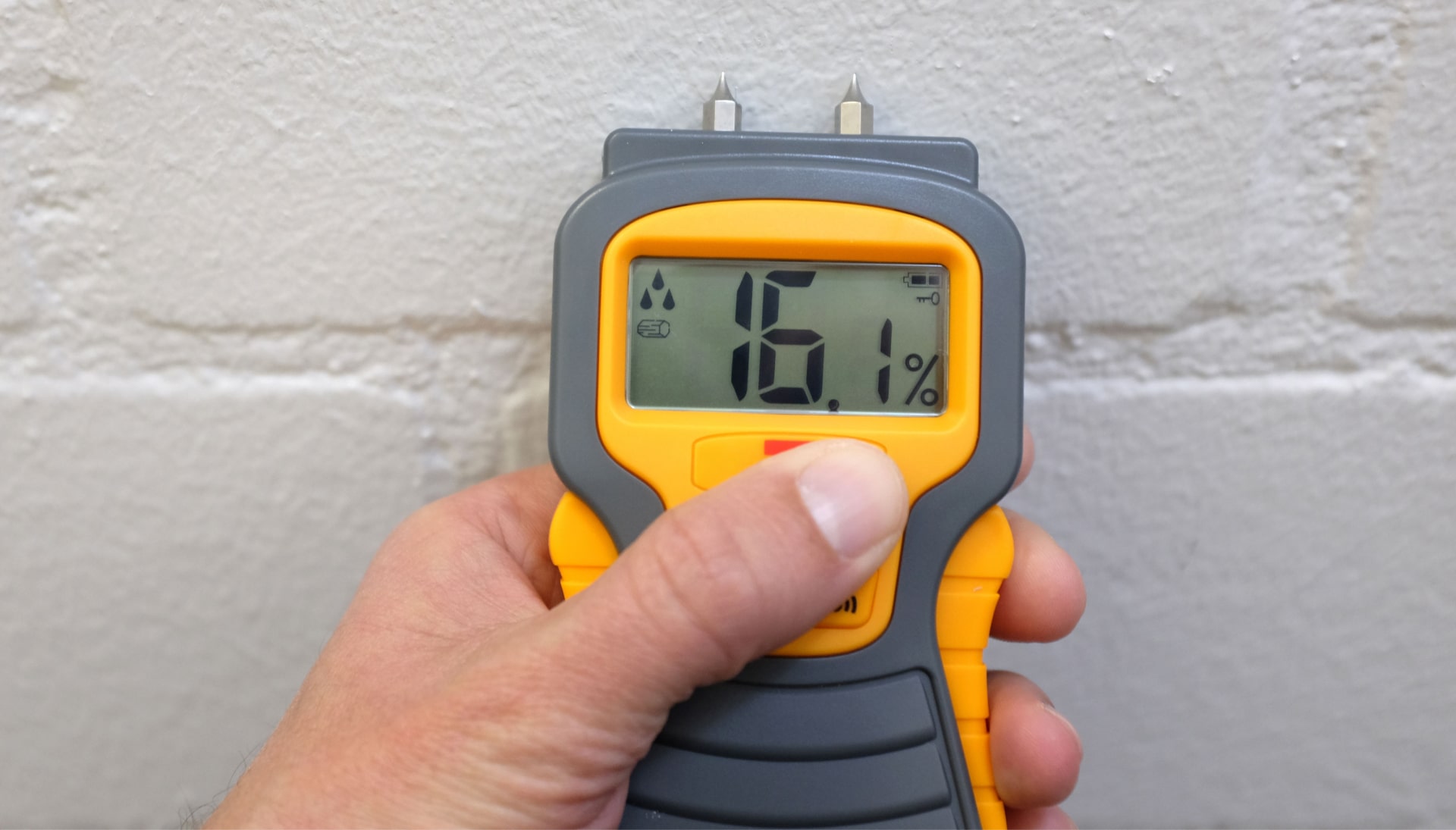
Mold Testing in Santa Rosa Beach
We offer no-obligation testing to see if your home or building is infected with mold. Call us or complete our contact form today for your no-risk quote!
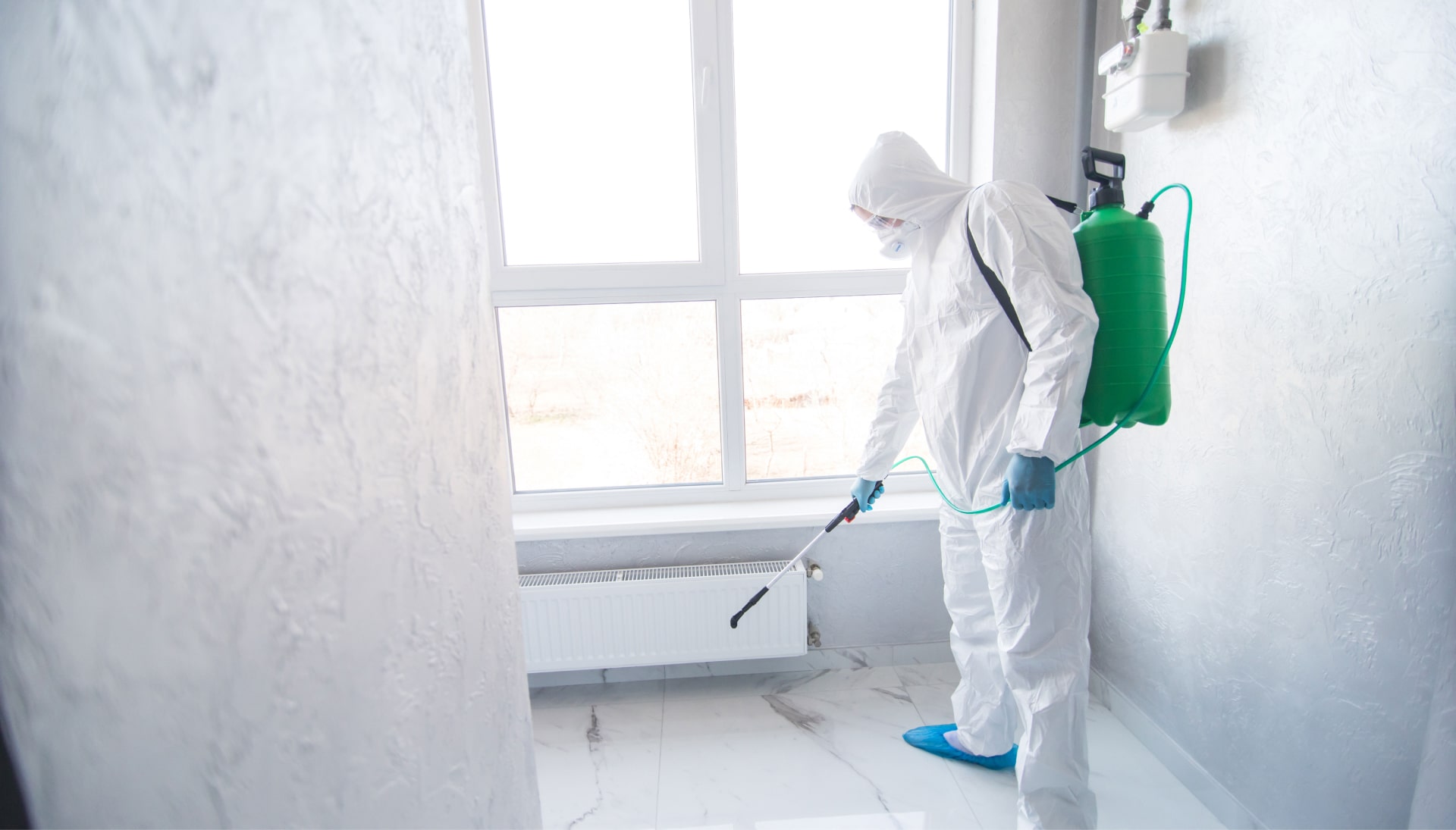
Mold Inspections
During the mold inspection, we inspect your entire Santa Rosa Beach property and look for signs of mold growth.
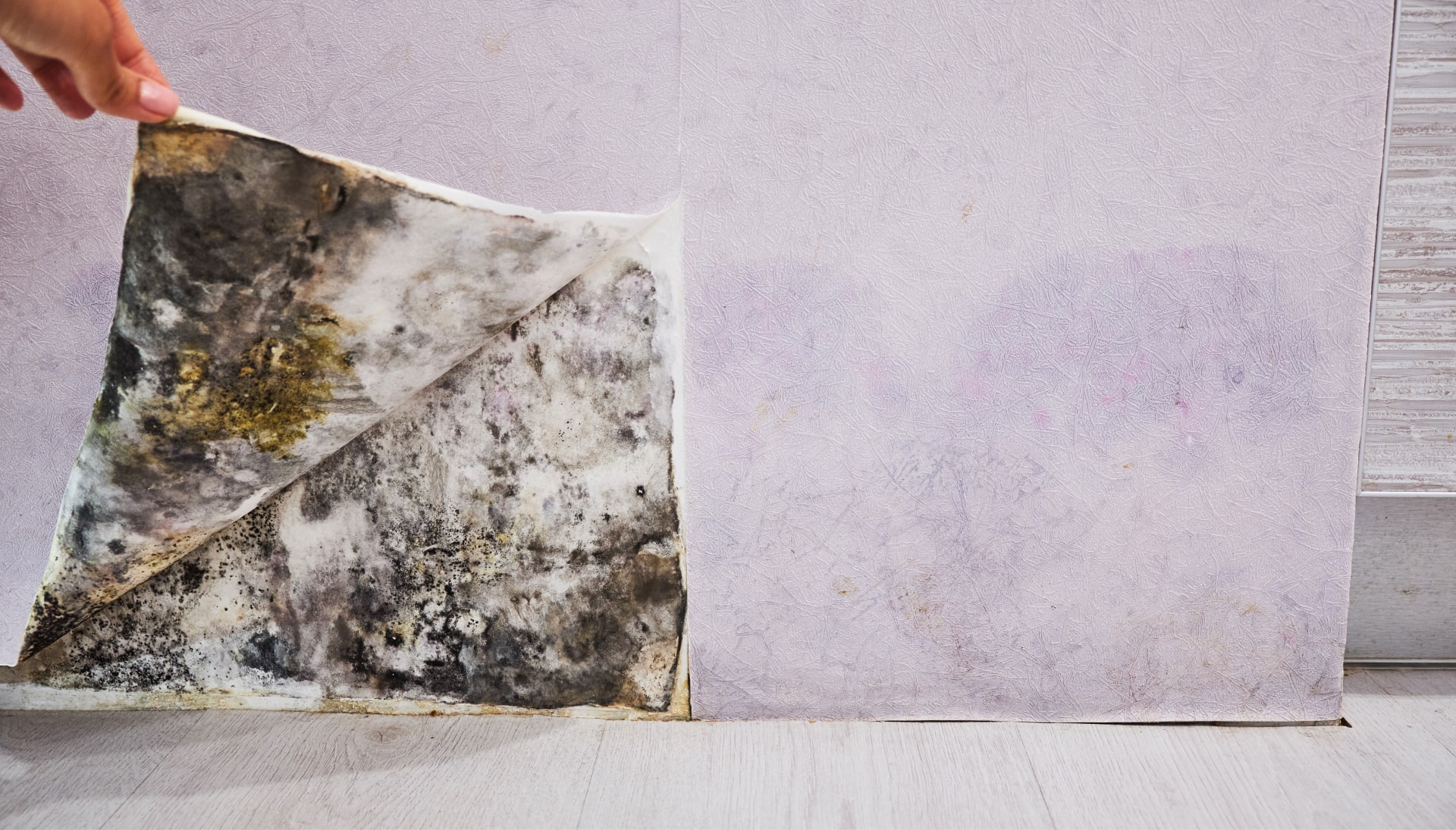
Mold Removal and Remediation
It’s crucial for you to entrust a professional Santa Rosa Beach, Florida mold company for the mold removal job.
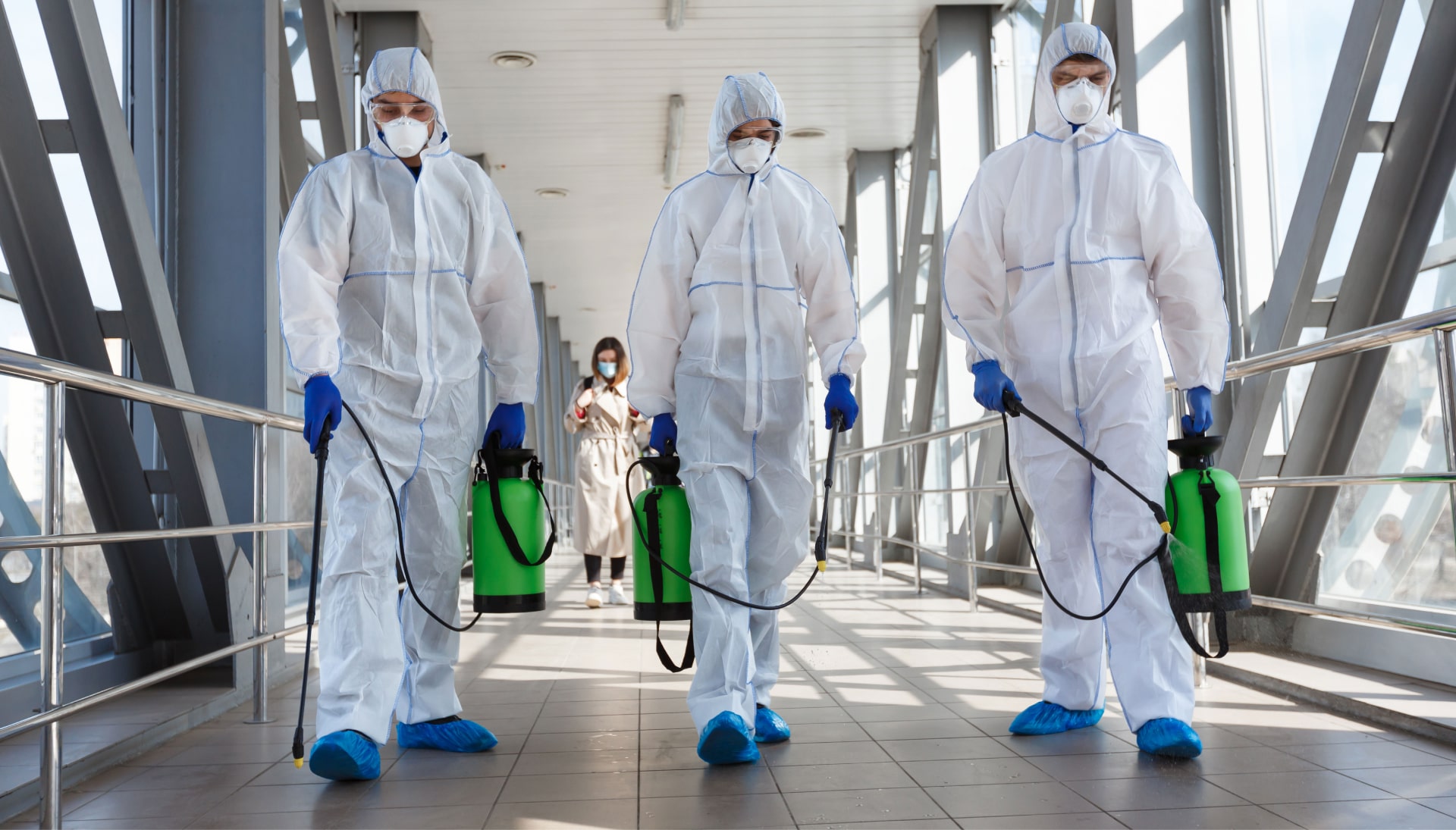
Testing Indoor Air Quality
The indoor air quality of your Santa Rosa Beach property is extremely important for your health and wellness. Make sure your air is safe to breath.
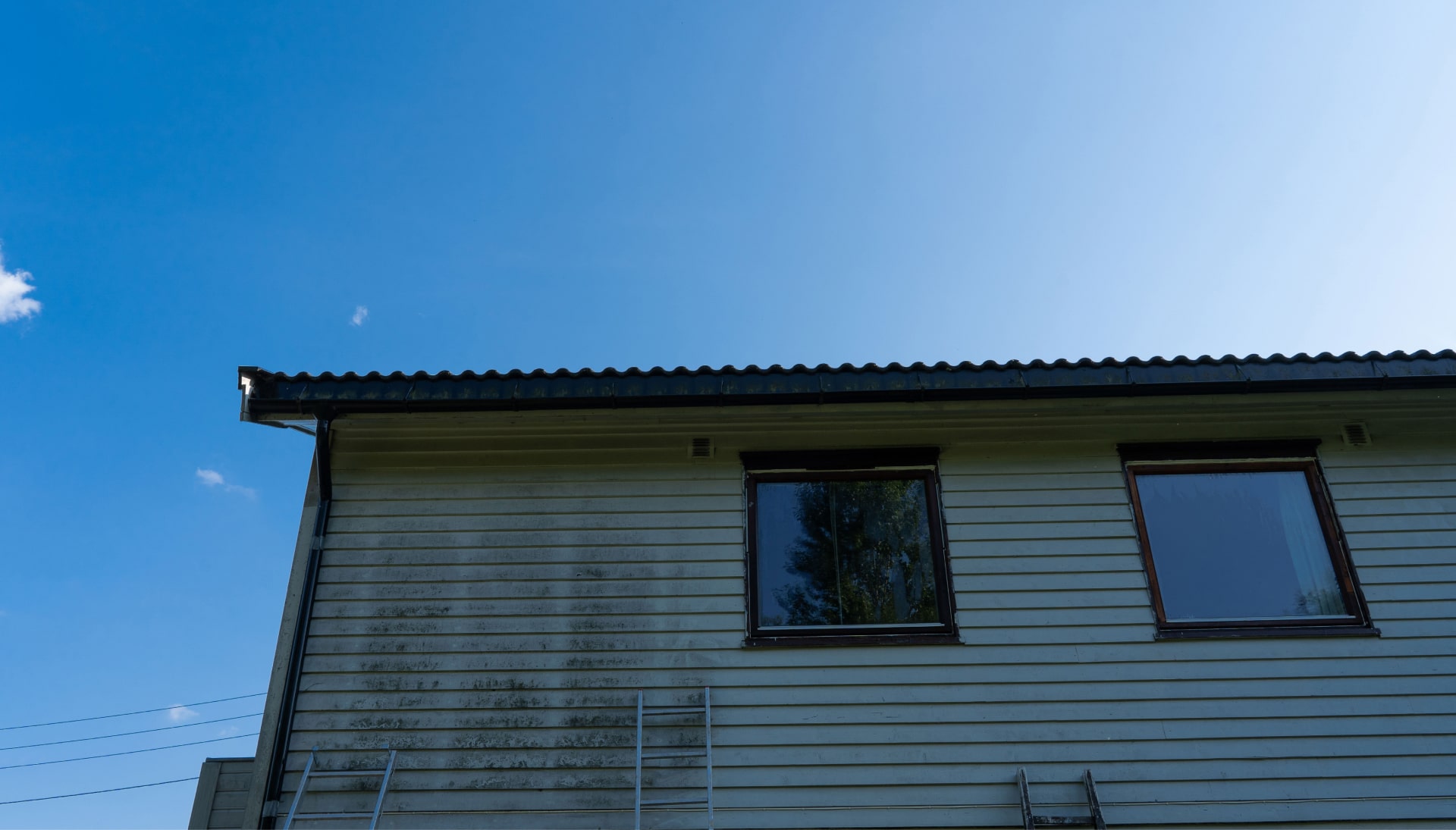
Residential Mold Removal Service
Since we have a skilled team with state-of-the-art equipment, we take pride in our Santa Rosa Beach, Florida mold remediation services for residential spaces.
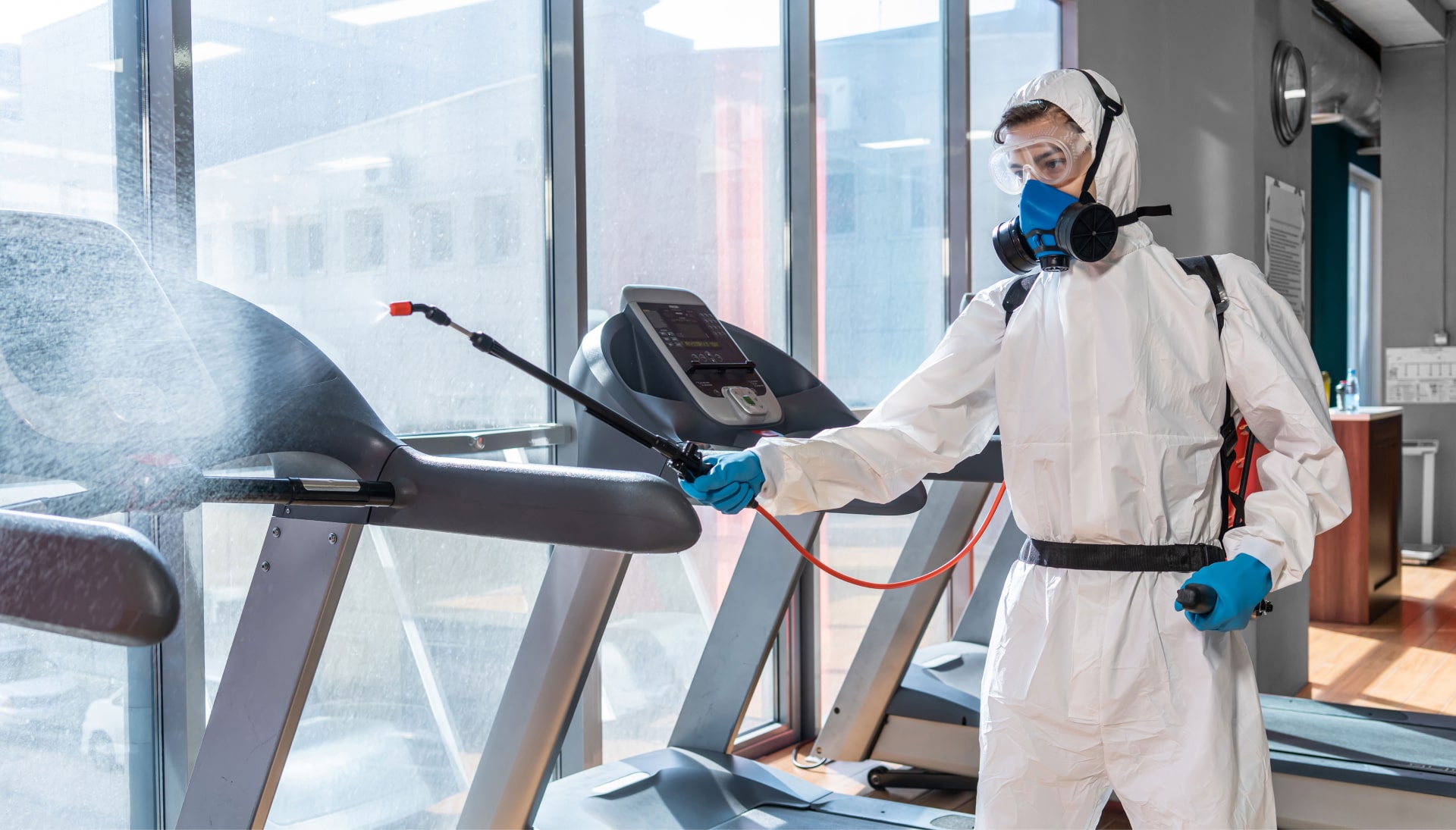
Commercial Mold Removal Service
People in a workplace should not be exposed to mold and mildew as it can affect their health negatively while creating an unhealthy environment. Contact us to ensure your Santa Rosa Beach workplace is safe.
Is Mold Lurking in Your Home?
Mold growth inside your home or business can be more than just unsightly—it poses significant health risks and potential structural damage. Hidden within walls, under floors, or in damp corners, mold can thrive unnoticed until the problem becomes severe. Understanding the signs of mold and taking swift action is crucial for protecting your health and property.
Why Mold Inspection Matters
A professional mold inspection offers several key benefits:
- Early Detection: Identifying mold issues before they escalate, saving you money on extensive remediation.
- Health Protection: Minimizing exposure to harmful mold spores that can trigger allergies, asthma, and other respiratory problems.
- Property Preservation: Preventing structural damage caused by mold, which can compromise the integrity of your home or building.
- Peace of Mind: Providing assurance that your indoor environment is safe and healthy.
Recognizing the Signs of Mold
Knowing what to look for can help you determine if you need a professional mold inspection. Common indicators include:
- Visible Mold Growth: Obvious signs of mold on walls, ceilings, or other surfaces. Mold can appear in various colors, including black, green, brown, or white.
- Musty Odors: A persistent, unpleasant smell that doesn’t go away even after cleaning.
- Water Damage: Stains, discoloration, or peeling paint on walls or ceilings, indicating water intrusion.
- Allergic Symptoms: Increased allergy symptoms, such as sneezing, coughing, runny nose, or skin rashes, especially when indoors.
- Past Flooding or Leaks: If your property has experienced water damage, mold growth is more likely.
The Mold Inspection Process
A thorough mold inspection involves several steps to identify and assess mold issues:
- Visual Inspection: A trained inspector will examine your property for visible signs of mold and water damage.
- Moisture Testing: Using moisture meters to detect hidden moisture sources that could be promoting mold growth.
- Air Sampling: Collecting air samples to identify the types and concentrations of mold spores present in the air.
- Surface Sampling: Taking samples from surfaces to determine if mold is present, even if it’s not immediately visible.
- Detailed Report: Providing a comprehensive report outlining the findings, including the location and extent of mold growth, moisture levels, and recommendations for remediation.
Understanding Black Mold Inspection
Black Mold Inspection, often associated with toxic mold, requires careful attention. Not all black-colored molds are toxic, but some species, like *Stachybotrys chartarum*, can produce mycotoxins that are harmful to human health. A professional inspection will accurately identify the type of mold present and assess the potential risks.
What to Expect After a Mold Inspection
Following the inspection, you’ll receive a detailed report with clear recommendations. If mold is found, the report will outline the necessary steps for remediation, which may include:
- Containment: Isolating the affected area to prevent the spread of mold spores.
- Removal: Safely removing mold-contaminated materials.
- Cleaning: Cleaning and disinfecting surfaces to eliminate remaining mold spores.
- Moisture Control: Addressing the underlying moisture source to prevent future mold growth.
Taking proactive steps to address potential mold issues is essential for maintaining a healthy and safe living environment. If you suspect mold growth in your home or business, don’t hesitate to schedule a professional mold inspection today.
Mold Testing and Inspections
Safeguarding Your Home: The Importance of Mold Inspection
Discovering mold in your home can be unsettling, but understanding the risks and taking proactive steps is crucial for protecting your health and property. Mold isn’t just an aesthetic issue; certain types can produce allergens and irritants, and in some cases, potentially toxic substances known as mycotoxins. Exposure to mold can cause a range of health problems, from allergic reactions to respiratory issues. A comprehensive mold inspection is the first step in ensuring a healthy and safe living environment.
Why Conduct a Residential Mold Inspection?
A residential mold inspection is more than just a visual check. It involves a thorough assessment of your property to identify potential mold growth areas, hidden sources of moisture, and the extent of any existing contamination. Professional inspectors use specialized equipment and techniques to detect mold that may not be visible to the naked eye. Here are some key reasons to consider a mold inspection:
- Protect Your Health: Mold exposure can trigger allergic reactions, asthma attacks, and other respiratory problems.
- Identify Hidden Mold: Mold often grows in hidden areas, such as behind walls, under floors, and in attics.
- Prevent Property Damage: Mold can damage building materials, leading to costly repairs.
- Ensure a Healthy Living Environment: A mold-free home is a healthier and more comfortable place to live.
The Mold Inspection Process
A professional mold inspection typically involves several key steps:
- Visual Inspection: A thorough examination of your property to identify visible mold growth and areas with moisture problems.
- Moisture Assessment: Using moisture meters and infrared cameras to detect hidden moisture sources.
- Air Sampling: Collecting air samples to identify the type and concentration of mold spores present.
- Surface Sampling: Taking samples from surfaces to determine if mold is present and to identify the species.
- Report and Recommendations: A detailed report outlining the findings of the inspection, including recommendations for remediation.
When Should You Schedule a Mold Inspection?
There are several situations where a mold inspection is highly recommended:
- After Water Damage: Following a flood, leak, or other water intrusion, mold can quickly grow.
- Musty Odors: A persistent musty odor can indicate hidden mold growth.
- Health Symptoms: If you or your family members are experiencing unexplained health symptoms, such as allergies or respiratory problems.
- Before Buying or Selling a Home: A mold inspection can provide valuable information about the property’s condition.
- Preventative Maintenance: Regular inspections can help identify and address potential problems before they escalate.
Choosing a Mold Inspection Professional
Selecting the right professional for your residential mold inspection is crucial. Look for inspectors who are certified, experienced, and knowledgeable about mold assessment and remediation. Ensure they use industry-standard techniques and equipment and can provide a detailed report with clear recommendations. Investing in a professional mold inspection is an investment in your health and the longevity of your home.
Mold TestingUnderstanding Commercial Mold Inspection
Mold can be a significant concern in commercial properties, posing risks to the health of occupants and the integrity of the building itself. Unlike residential properties, commercial spaces often have more extensive HVAC systems and larger areas, which can exacerbate mold growth if moisture issues are not promptly addressed. A thorough commercial mold inspection is essential to identify and mitigate these risks.
Why is Commercial Mold Inspection Important?
Health and Safety: Mold exposure can lead to various health problems, including allergies, respiratory issues, and other health complications. Ensuring a mold-free environment is crucial for the well-being of employees, customers, and visitors.
Property Value: Mold infestations can significantly reduce the value of a commercial property. Addressing mold issues promptly can prevent further damage and maintain the property’s market value.
Legal Compliance: Many regions have regulations and standards regarding indoor air quality in commercial buildings. Regular mold inspections can help ensure compliance with these regulations, avoiding potential fines and legal issues.
The Commercial Mold Inspection Process
A comprehensive commercial mold inspection involves several key steps:
- Visual Inspection: The inspector will conduct a thorough visual assessment of the property, looking for visible signs of mold growth, water damage, and areas prone to moisture accumulation.
- Moisture Detection: Using moisture meters and thermal imaging, the inspector will identify areas with elevated moisture levels, which can indicate potential mold growth even if it is not immediately visible.
- Air Sampling: Air samples are collected to determine the presence and concentration of mold spores in the air. These samples are then analyzed in a laboratory to identify the types of mold present.
- Surface Sampling: In some cases, surface samples may be collected from areas with suspected mold growth to confirm the presence of mold and identify the species.
- Report and Recommendations: Following the inspection, a detailed report is provided, outlining the findings, including areas of concern, mold types identified, and recommendations for remediation.
Areas of Focus During a Commercial Mold Inspection
HVAC Systems: These systems are often breeding grounds for mold due to condensation and dust accumulation.
Roof and Plumbing Leaks: Leaks can introduce moisture into the building, creating ideal conditions for mold growth.
Basements and Crawl Spaces: These areas are often damp and poorly ventilated, making them susceptible to mold.
Bathrooms and Kitchens: High humidity and water usage in these areas can promote mold growth.
Storage Areas: Poorly ventilated storage areas can trap moisture, leading to mold issues.
Choosing a Mold Inspection Company
Selecting the right company is critical. Look for:
- Certifications: Ensure the inspectors are certified by a reputable organization.
- Experience: Choose a company with extensive experience in commercial mold inspections.
- References: Check online reviews and ask for references from previous clients.
- Comprehensive Services: Opt for a company that offers a full range of inspection and testing services.
Residential Mold Removal Services
Protect Your Investment with a Thorough Mold Inspection
Purchasing a home is one of the most significant investments you’ll ever make. Before you finalize the deal, ensure your dream home isn’t hiding a costly and potentially health-threatening problem: mold. A comprehensive mold inspection is a critical step in the due diligence process, providing you with the knowledge and peace of mind you deserve.
Why is a Pre-Purchase Mold Check Essential?
Mold can thrive in hidden areas, such as behind walls, under flooring, and in attics, making it difficult to detect without specialized equipment and expertise. A trained mold inspector can identify potential problem areas, assess moisture levels, and collect samples for laboratory analysis to determine the type and extent of mold growth. This Pre-Purchase Mold Check safeguards you from unforeseen expenses and health risks.
- Hidden Mold Detection: Our inspectors are trained to find mold even if it’s not visible to the naked eye.
- Health Risk Assessment: Mold exposure can lead to various health issues, especially for those with allergies or respiratory conditions.
- Property Value Protection: Mold can significantly decrease a property’s value and make it difficult to resell.
The Mold Inspection Process: What to Expect
Our comprehensive mold inspection process involves a thorough assessment of the property, including:
- Visual Inspection: A detailed examination of all accessible areas for visible mold growth, water stains, and other signs of moisture intrusion.
- Moisture Mapping: Using moisture meters and thermal imaging to identify areas with elevated moisture levels that could support mold growth.
- Air Sampling: Collecting air samples to determine the presence and concentration of mold spores in the air.
- Surface Sampling: Collecting surface samples from suspected mold growth areas for laboratory analysis.
- Detailed Report: A comprehensive report outlining our findings, including photographs, lab results, and recommendations for remediation, if necessary.
Benefits of Professional Mold Inspection
Investing in a professional mold inspection offers several key advantages:
- Accurate Assessment: Trained inspectors use specialized equipment and techniques to accurately assess the presence and extent of mold.
- Objective Evaluation: An unbiased assessment provides you with an objective view of the property’s mold situation.
- Informed Decision-Making: The inspection report empowers you to make informed decisions about the purchase, negotiate repairs, or walk away from a potentially problematic property.
- Negotiating Power: If mold is discovered, the inspection report provides leverage for negotiating repairs or a price reduction with the seller.
- Peace of Mind: Knowing the mold status of a property provides peace of mind and protects your investment.
Protecting Your Health and Investment
Don’t let hidden mold jeopardize your health and financial well-being. Schedule a Pre-Purchase Mold Check today to ensure your dream home is safe and healthy for you and your family. Our experienced inspectors will provide you with a comprehensive assessment of the property’s mold situation, empowering you to make informed decisions and protect your investment. A professional mold inspection is an investment in your future. It gives you clear data to inform your decisions about buying the property and provides you the opportunity to ensure the space you are investing in is safe and healthy.
Contact us today to schedule your mold inspection and take the first step towards a healthier, safer home.
Residential Mold Removal Services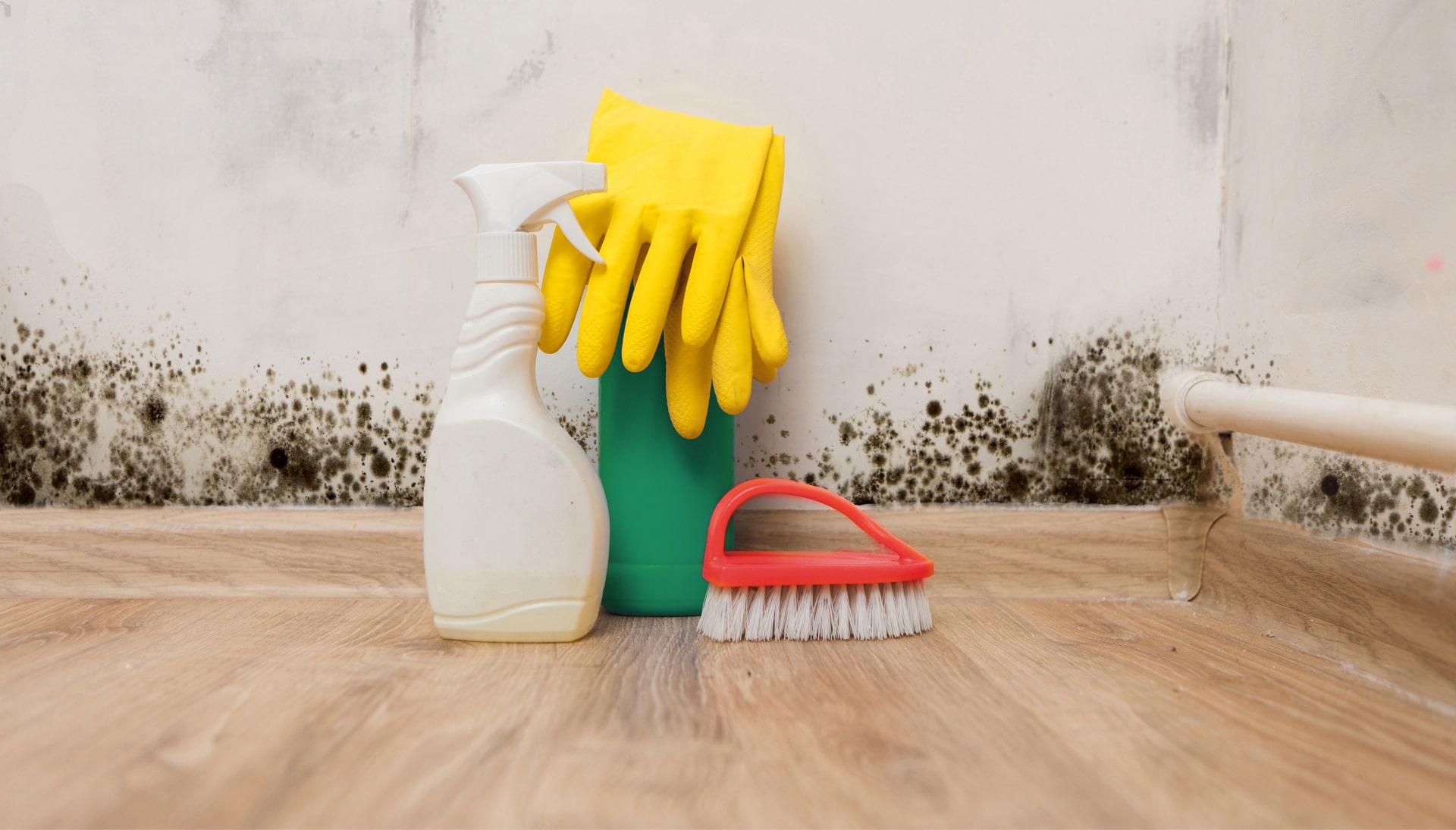
Commercial Mold Removal Services
Protecting Your Home and Health: Professional Mold Inspection Services
Mold growth in your home can be a serious issue, affecting both the structural integrity of your property and the health of its occupants. Recognizing the signs of mold and acting swiftly is crucial to prevent extensive damage and health complications. Professional mold inspection services offer a comprehensive approach to identifying, assessing, and addressing mold problems in residential and commercial properties.
Why Choose Professional Mold Inspection?
While some homeowners may attempt DIY mold detection, professional mold inspection provides a level of accuracy and thoroughness that is difficult to achieve without specialized equipment and expertise. Here’s why you should consider hiring a professional:
- Accurate Identification: Mold comes in various types, some more harmful than others. Professionals can accurately identify the specific mold species present in your home, which is essential for determining the appropriate remediation strategy.
- Hidden Mold Detection: Mold often grows in hidden areas such as behind walls, under floors, and in ventilation systems. Professionals use advanced tools like moisture meters and thermal imaging cameras to detect hidden mold colonies that would otherwise go unnoticed.
- Comprehensive Assessment: A professional mold inspection includes a thorough assessment of the extent of the mold contamination, identifying the source of moisture that is fueling the growth, and evaluating the potential health risks to occupants.
- Prevention Advice: Beyond identifying and assessing existing mold, professionals can provide valuable advice on preventing future mold growth by addressing moisture issues and improving ventilation.
The Mold Inspection Process
A typical mold inspection involves several key steps:
- Visual Inspection: The inspector will conduct a thorough visual examination of your property, looking for visible signs of mold growth, water damage, and areas prone to moisture accumulation.
- Moisture Detection: Using moisture meters, the inspector will measure the moisture levels in walls, floors, and ceilings to identify areas with elevated moisture content that could support mold growth.
- Air Sampling: Air samples are collected to determine the concentration of mold spores in the air, both indoors and outdoors. This helps to identify hidden mold problems and assess the overall air quality.
- Surface Sampling: If visible mold is present, surface samples may be collected to identify the specific mold species. This involves taking samples from affected surfaces using swabs or tape lifts.
- Report and Recommendations: Following the inspection, you will receive a detailed report outlining the findings, including the location and extent of mold contamination, the likely source of moisture, and recommendations for mold remediation.
Addressing Emergency Mold Situations
In certain situations, such as after a flood or significant water leak, mold growth can occur rapidly, creating an emergency mold inspection situation. In these cases, it’s crucial to act quickly to minimize the damage and health risks. Here’s what to do:
- Contact a Professional Immediately: Don’t delay. Contact a certified mold inspector as soon as possible to assess the situation and provide guidance.
- Minimize Exposure: Avoid disturbing the mold growth, as this can release mold spores into the air. Wear protective gear such as gloves, masks, and eye protection if you must enter the affected area.
- Ventilate the Area: Open windows and doors to improve ventilation and help dry out the area.
- Document the Damage: Take photos and videos of the water damage and mold growth for insurance purposes.
The Importance of Timely Action
Mold problems don’t get better with time; they only worsen. Ignoring or delaying mold inspection and remediation can lead to:
- Increased Property Damage: Mold can damage building materials such as wood, drywall, and insulation, leading to costly repairs.
- Health Problems: Mold exposure can trigger allergic reactions, asthma attacks, and other respiratory problems. Prolonged exposure can lead to more serious health issues, especially for vulnerable individuals such as children, the elderly, and those with compromised immune systems.
- Reduced Property Value: Mold contamination can significantly reduce the value of your home, making it difficult to sell.
Finding a Qualified Mold Inspector
When selecting a mold inspector, it’s essential to choose a qualified and experienced professional. Look for the following qualifications:
- Certification: Ensure the inspector is certified by a reputable organization such as the Institute of Inspection, Cleaning and Restoration Certification (IICRC) or the American Council for Accredited Certification (ACAC).
- Experience: Choose an inspector with a proven track record and extensive experience in mold inspection and testing.
- Insurance: Verify that the inspector carries adequate liability insurance to protect you in case of accidents or damages during the inspection.
- References: Ask for references from previous clients and check online reviews to get an idea of the inspector’s reputation and quality of service.
Protect your home and health by investing in professional mold inspection services. Early detection and remediation can prevent extensive damage, minimize health risks, and ensure a safe and healthy living environment. Don’t wait until mold becomes a major problem—take action today.
Commercial Mold Removal Services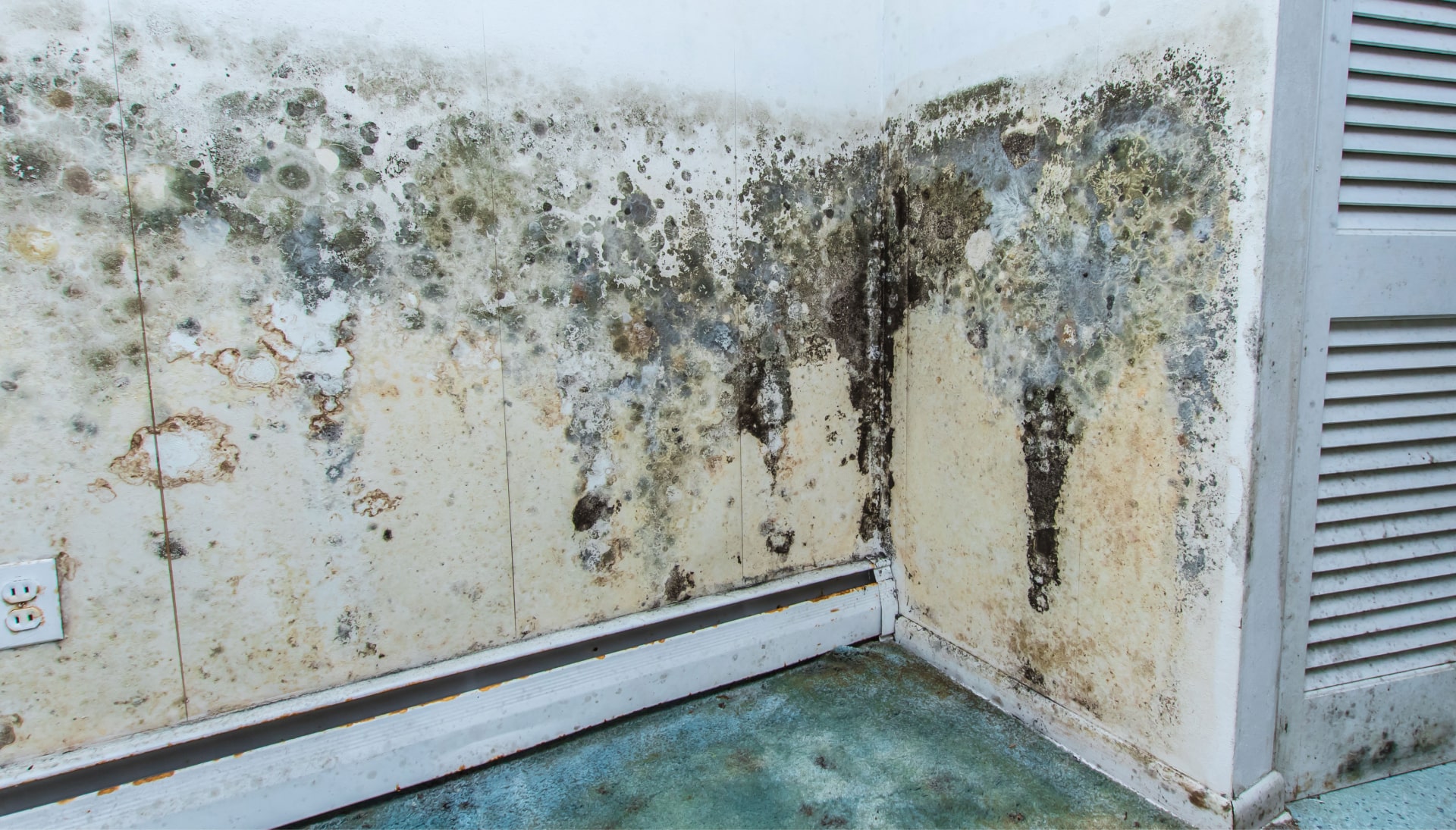
Protecting Your Home from Attic Mold
Discovering mold in your attic can be unsettling. Often unnoticed, attics provide the ideal environment for mold growth: moisture, poor ventilation, and organic materials like wood and insulation. Understanding the causes and taking swift action is crucial to safeguarding your home’s structure and your family’s health.
Why Attic Mold Inspection Matters
Regular attic mold inspection is vital for several reasons:
- Early Detection: Mold can spread rapidly. Early detection minimizes damage and remediation costs.
- Health Concerns: Mold spores can trigger allergies, asthma, and other respiratory issues.
- Property Value: Mold infestations can significantly decrease your home’s value.
- Structural Integrity: Mold can weaken wooden structures, leading to costly repairs.
Common Causes of Attic Mold
Several factors contribute to mold growth in attics:
- Roof Leaks: Even small leaks can introduce enough moisture to support mold growth.
- Poor Ventilation: Inadequate ventilation traps moisture, creating a humid environment.
- Condensation: Temperature differences between the attic and living spaces can cause condensation.
- Ice Dams: Melting snow can back up under shingles, leading to water intrusion.
- Improperly Vented Appliances: Exhaust fans from bathrooms or kitchens that vent directly into the attic increase humidity levels.
The Attic Mold Inspection Process
A thorough attic mold inspection involves several key steps:
- Visual Inspection: A trained inspector examines the attic for visible signs of mold growth, water stains, and other indicators of moisture problems.
- Moisture Testing: Moisture meters are used to identify areas with elevated moisture levels, even if mold isn’t immediately visible.
- Air Sampling: Air samples are collected to determine the type and concentration of mold spores present in the air. These samples are then analyzed by a certified laboratory.
- Surface Sampling: In some cases, surface samples may be taken to confirm the presence of mold on specific materials.
- Report and Recommendations: Following the inspection, a detailed report is provided, outlining any findings, the extent of the mold problem, and recommendations for remediation.
What to Expect During an Attic Mold Inspection
Preparing for an attic mold inspection can help ensure a smooth and efficient process:
- Accessibility: Ensure the attic access point is clear and easily accessible.
- Safety: Be aware that attics can have limited headroom and potential hazards. Professionals are trained to navigate these safely.
- Timeframe: The inspection typically takes between one to three hours, depending on the size and complexity of the attic.
- Questions: Be prepared to answer questions about any known leaks, moisture issues, or ventilation problems.
Professional Mold Remediation
If mold is found in your attic, professional remediation is crucial. Attempting to remove mold yourself can be risky and may not completely eliminate the problem. Certified mold remediation specialists follow strict protocols to safely and effectively remove mold, address the underlying moisture source, and prevent future growth.
Taking proactive steps to protect your attic from mold is an investment in your home’s health and longevity. Schedule a professional inspection today to ensure a safe and healthy living environment.